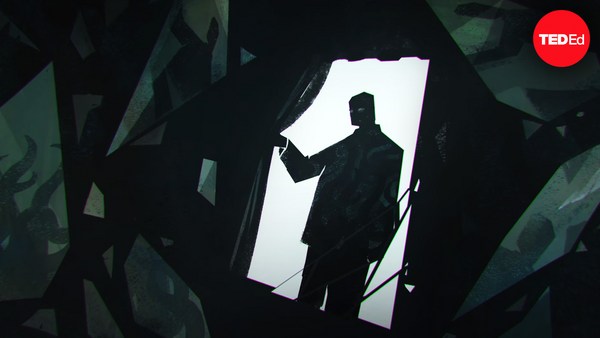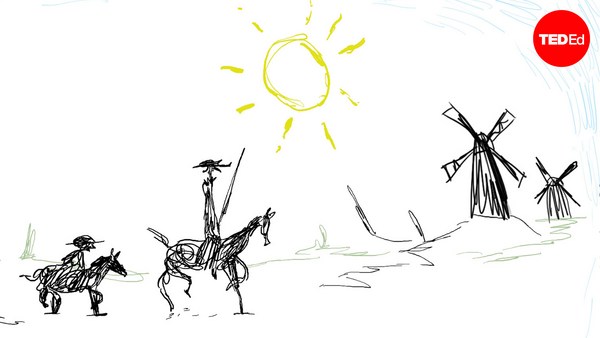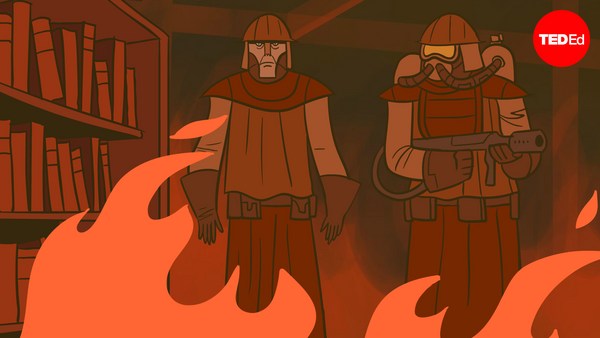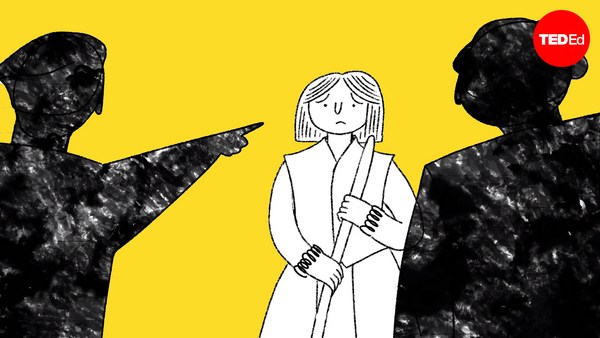What drives someone to kill in cold blood? What goes through the murderer’s mind? And what kind of a society breeds such people? Over 150 years ago Fyodor Mikhailovich Dostoyevsky took these questions up in what would become one of the best-known works of Russian literature: "Crime and Punishment."
First serialized in a literary magazine in 1866, the novel tells the story of Rodion Romanovich Raskolnikov, a young law student in Saint Petersburg. Raskolnikov lives in abject poverty, and at the start of the story has run out of funds to continue his studies. Letters from his rural home only add to his distress when he realizes how much his mother and sister have sacrificed for his success. Increasingly desperate after selling the last of his valuables to an elderly pawnbroker, he resolves on a plan to murder and rob her. But the impact of carrying out this unthinkable act proves to be more than he was prepared for.
Though the novel is sometimes cited as one of the first psychological thrillers, its scope reaches far beyond Raskolnikov’s inner turmoil. From dank taverns to dilapidated apartments and claustrophobic police stations, the underbelly of 19th century Saint Petersburg is brought to life by Dostoyevsky’s searing prose. We’re introduced to characters such as Marmeladov, a miserable former official who has drank his family into ruin, and Svidrigailov, an unhinged and lecherous nobleman. As Raskolnikov’s own family arrives in town, their moral innocence stands in stark contrast to the depravity of those around them, even as their fates grow increasingly intertwined.
This bleak portrait of Russian society reflects the author’s own complex life experiences and evolving ideas. As a young writer who left behind a promising military career, Fyodor had been attracted to ideas of socialism and reform, and joined a circle of intellectuals to discuss radical texts banned by the Imperial government. Upon exposure, members of this group, including Dostoyevsky, were arrested. Many were sentenced to death, only to be subjected to a mock execution and last-minute pardon from the Tsar. Dostoyevsky spent the next four years in a Siberian labor camp before being released in 1854. The experience left him with a far more pessimistic view of social reform, and his focus shifted toward spiritual concerns. In the 1864 novella "Notes from Underground," he expounded on his belief that utopian Western philosophies could never satisfy the contradictory yearnings of the human soul. "Crime and Punishment" was conceived and completed the following year, picking up on many of the same themes.
In many ways, the novel follows a common narrative thread where a promising youth is seduced and corrupted by the dangers of urban life. But its social critique cuts far deeper. Raskolnikov rationalizes that his own advancement at the cost of the exploitative pawnbroker’s death would be a net benefit to society. In doing so, he echoes the doctrines of egoism and utilitarianism embraced by many of Dostoyevsky’s contemporary intellectuals. And in believing that his intelligence allows him to transcend moral taboos, Raskolnikov cuts himself off from his own humanity. Yet although the book is deeply concerned with morality, "Crime and Punishment" never comes across as merely moralizing, with each character given their own distinctive and convincing voice. One of the most remarkable things about "Crime and Punishment" is its ability to thrill despite the details of the central murder being revealed in the first act. Raskolnikov’s crime is clear. But it’s only through Dostoyevsky’s gripping account of the ensuing social and psychological turmoil that we learn the true nature of his punishment– and the possibility of redemption.





